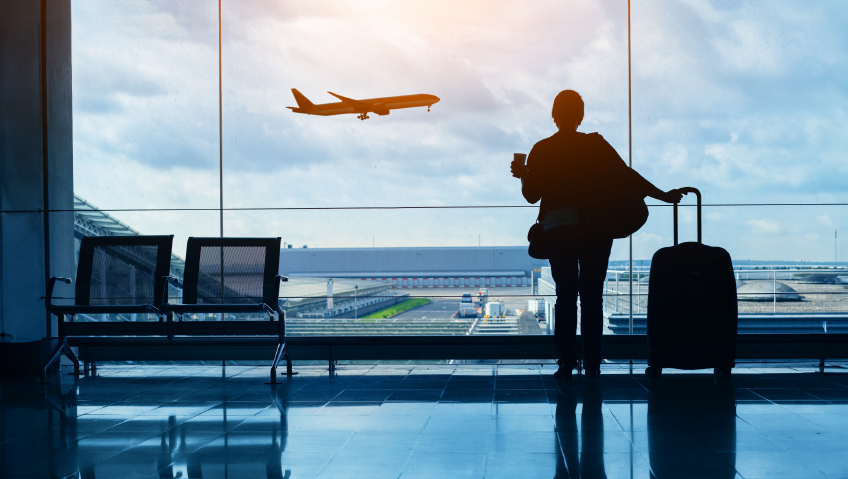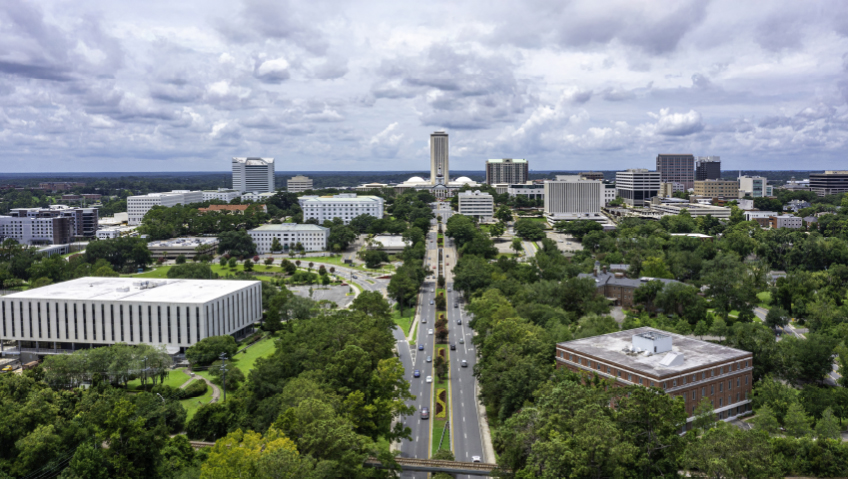While some people like a staycation, most of us get excited about experiencing a place that’s outside our everyday routine. Still, tourism in North America has seen its share of ups and downs. Think back to 2020 when it all but came to a standstill because of COVID-19. It was such a catastrophic shutdown that it took until 2023 for the industry to rebound.
By all accounts, it seemed that tourism was on track to surpass pre-pandemic levels. The World Economic Forum reported in 2024 that many countries, especially those considered to be higher-income ones, saw rates returning to pre-pandemic levels. Francisco Betti, Head of the Global Industries team at the World Economic Forum, noted the positive signs: “This year marks a turning point for the travel and tourism sector, which we know has the capacity to unlock growth and serve communities through economic and social transformation.”
But just one year later, in 2025, things appear to be changing again. Patterns since January are pointing in a different direction for travel plans and where people are choosing to spend their money. And in particular, it is the U.S. that is the epicenter of travel changes.
The numbers of tourists from Mexico, Canada, and Europe traveling to the U.S. have declined. At the same time, travel to international destinations from these countries has increased. This change is as pronounced as it is sudden. The research group Tourism Economics had initially predicted a 9 percent growth rate in international travel to the U.S. this year. Instead, the group has recently downgraded these numbers to a 9.4 percent contraction. In March alone, the number of travelers from western Europe fell from approximately 17 percent to 7 percent from March 2024, according to Statistica. Among the somber notes, the group states, “We forecast international spending in the U.S. to decline 5 percent, a loss of $9 billion in spending this year alone.”
These shifts in tourist numbers and dollars could be very high stakes when you consider that in the U.S. in 2024 alone, visitors spent $1.3 trillion and the spinoff business of tourism produced $2.9 trillion for the U.S. economy and more than 15 million jobs, according to the U.S. Travel Association.
So, not only does it seem that people are changing their plans, but their choices could also be putting a significant portion of the American economy at risk. But what’s behind all the changes in these travel patterns?
Well, there are a number of reasons, including warnings that the United Kingdom and Germany have emphasized to their citizens that travelers need to comply with visa and entry requirements, and that citizens have been detained at the border. Even before people decide to travel, they are being influenced by the recent tensions among trading partners. It’s again these travelers from Canada, Mexico, and Europe who are thinking twice about their plans because of the current state of trade between countries. From a North American perspective, the introduction of tariffs on Canada and Mexico has resulted in retaliatory, but on-again, off-again responses that could lead to up to $87 billion in retaliatory tariffs from Canada and Mexico. There is growing sentiment from these counties not to visit the U.S. as a response to economic impact that these tariffs are having.
In Canada, which normally sends 20 million visitors to the U.S. each year (more than any other nation), people are pausing travel plans as tariff threats are raised and then rescinded. The Globe and Mail reported that in April, 35.2 percent fewer Canadians traveled to the U.S. than they did at the same time in 2024. The travel agency Flight Centre has seen bookings to the U.S. fall by 52 percent. “What we’re seeing is Canadians are really traveling with intention,” says company spokesperson Amra Durakovic about the trend. “If they are going to go to U.S., they’re simply going to go. But those who don’t want to—they’re just not going.”
Similarly in Mexico, people who are frequent visitors to the U.S. are rethinking their plans. Travel and Tour World noted that once-steady corridors from Mexico City and Guadalajara to cities like Dallas, Los Angeles, and Miami have quietly closed down amid the uncertainty: “If you live in Mexico, Canada, or Brazil and are trying to book a trip to the U.S. this summer, the options may not look like they did even six months ago. Routes to Miami, New York, Los Angeles, and Chicago are thinner. Nonstops have become one-stops. Prices are up. In some markets, entire cities have been cut off.”
The impact of these changes hits different parts of the economy in different ways, and there are some individuals who feel the fallout more than others. BBC describes how people in the travel industry are directly impacted by these changes: “It’s U.S. workers and small businesses who get affected by U.S. travel boycotts,” says Thomas F. Goodwin, leader of the Exhibitions and Conferences Alliance. “When international business travellers forgo coming to the U.S., everyone from exposition booth builders and general service contractors to venue caterers and individual skill labourers suffer—not politicians or the government.”
So where are people traveling to now? As Travel and Tour World says, “Interestingly, while U.S. visitation from Mexico declines, the number of international flights from Canada to Mexico has increased by 6 percent in the same period, suggesting a shift in travel preferences within North America. Travelers from Canada and other regions may see Mexico as a safer, more appealing destination… Europeans are also expected to follow a similar path, seeking alternative destinations with fewer concerns about political instability. Mexico, with its rich history, vibrant culture, and proximity to the U.S., is becoming an attractive option for many who are rethinking their travel choices.”
The airline industry has realigned to promote travel to places like Dubai, Delhi, Singapore, and Seoul, enhanced by aggressive pricing, new aircraft, and better onboard products to draw customers.
Americans are also reconsidering their travel plans, as CNN noted that 80 percent of 460 travel advisors said they were “very” or “somewhat” concerned about an economic downturn of their business. Beci Mahnken, CEO of MEI-Travel, talked about the locked-in mood of travelers: “You can’t just take one angle and say, ‘Oh the economy is having an issue. So let’s find something less expensive,’” Mahnken says about what agents are hearing. The industry expects to see savings on last-minute summer trips as travelers increasingly take a wait-and-see approach with their plans.
Underpinning these concerns is economic uncertainty as the markets have been up and down. Then there are worries about anti-American sentiment abroad and cost increases coming from tariffs. And while all of this may seem gloomy, it is also important to realize that a lot of what is going on with these trends is fluid. If one thing is certain about consumer intent, it is that it can change quickly depending on the economic and political environment.
Consider two communities in the U.S. and Canada separated by a river. Both are called Sault Ste. Marie and the Canadian one in Ontario is about 10 times larger than the American one is Michigan. Normally, thousands of visitors would cross the bridge each month, mostly Canadians looking for deals on the American side of the river. But now the traffic has slowed by almost half and hotel bookings are down 77 percent. This picture reflects a microcosm of the current situation. CBS reports that the local businesses of the Michigan town are looking to lure domestic travel to help get them through the current state while looking forward to a return to more travelers from Canada. Linda Hoath, Executive Director of the Sault Area Convention & Visitors Bureau, commented on the outcome. “It’s so intertwined. There’s no separation between the two communities,” said Hoath. “If [the bridge] is not so busy, what happens to your employees? They’re not making the money. Some people will be laid off.”
As a result, businesses may need to pivot for the short term to attract more domestic travelers while remaining hopeful for international travel to shift back to growth.
As Hoath talks about Sault Ste. Marie, Michigan, her logic also applies to the other, larger destinations across the U.S. The focus has to be on attracting visitors from across the U.S. “When you don’t have a ton of funds you’ve got to put them where you know they have a better possibility of working,” she said.






